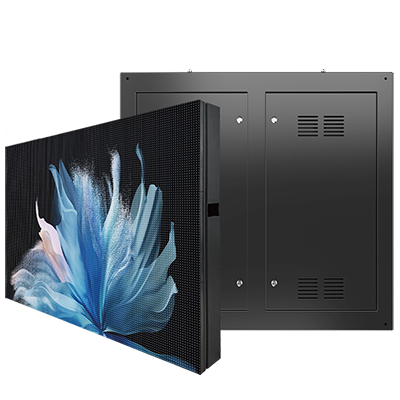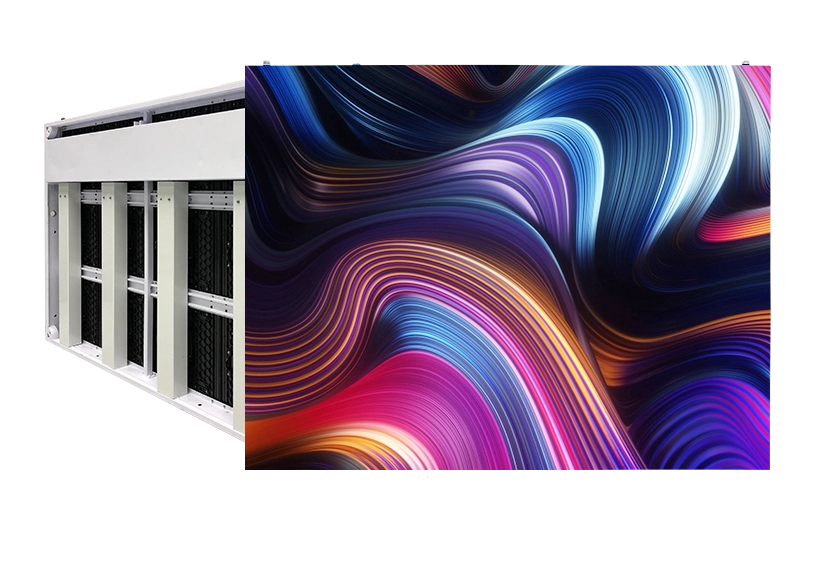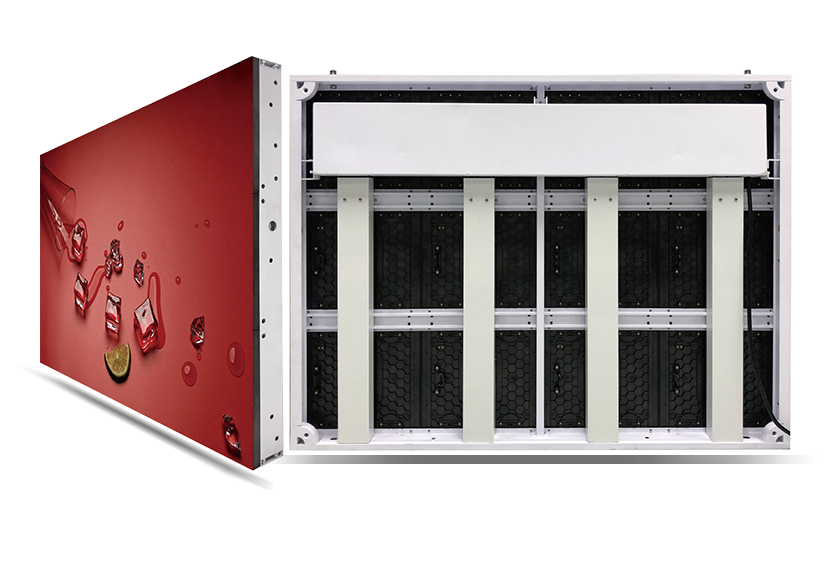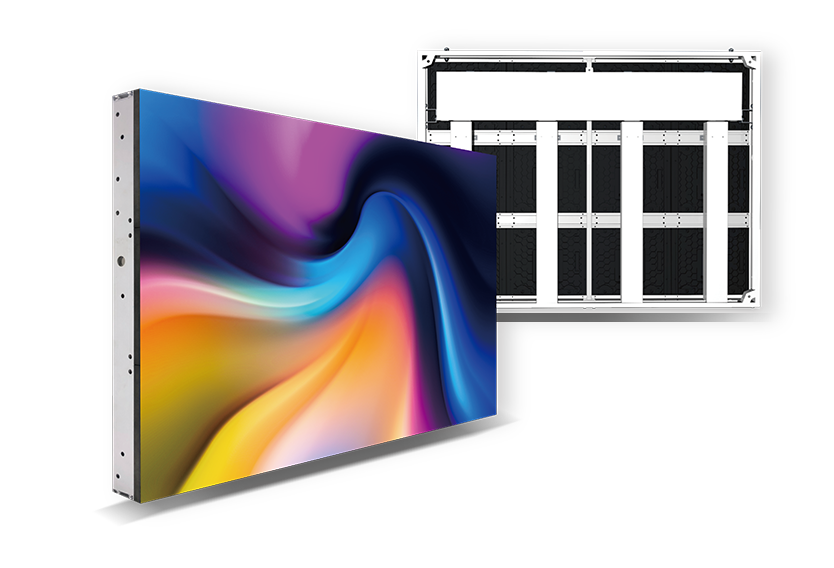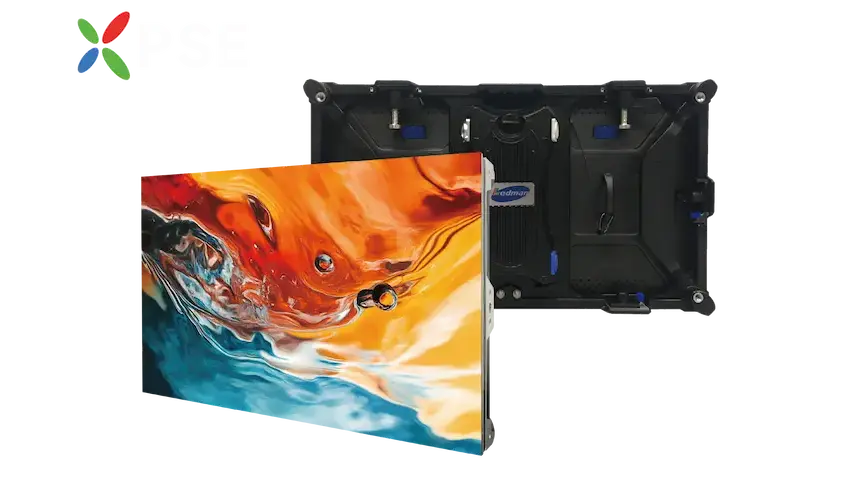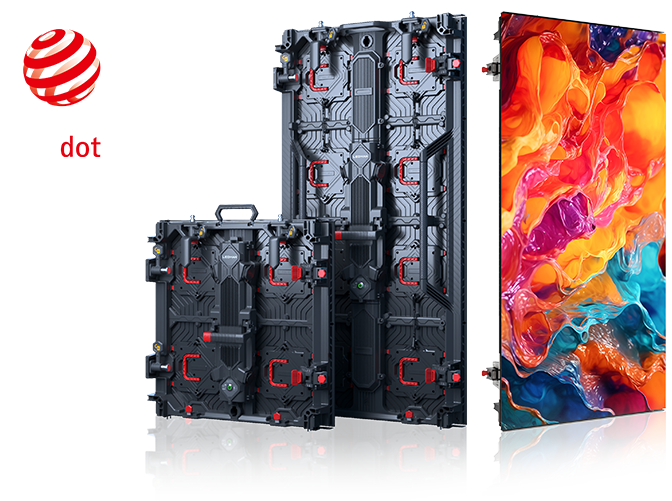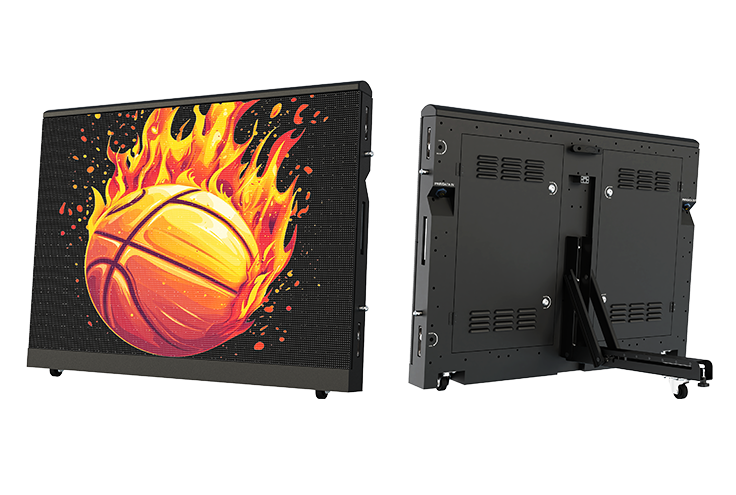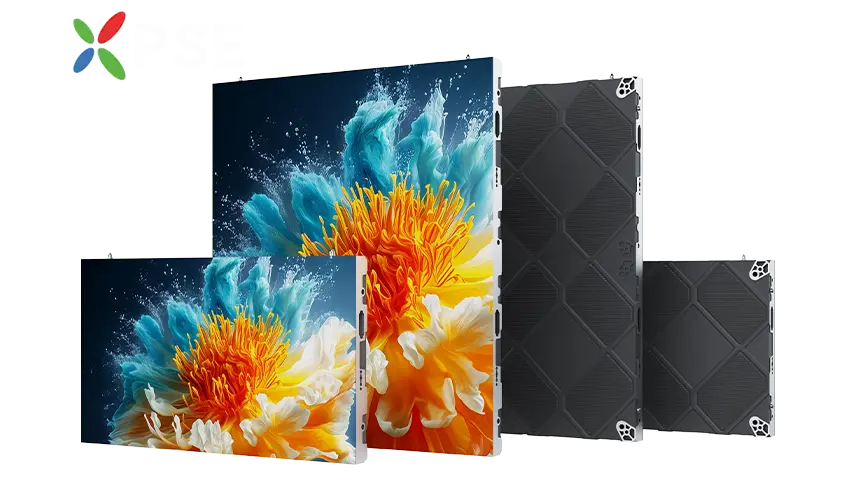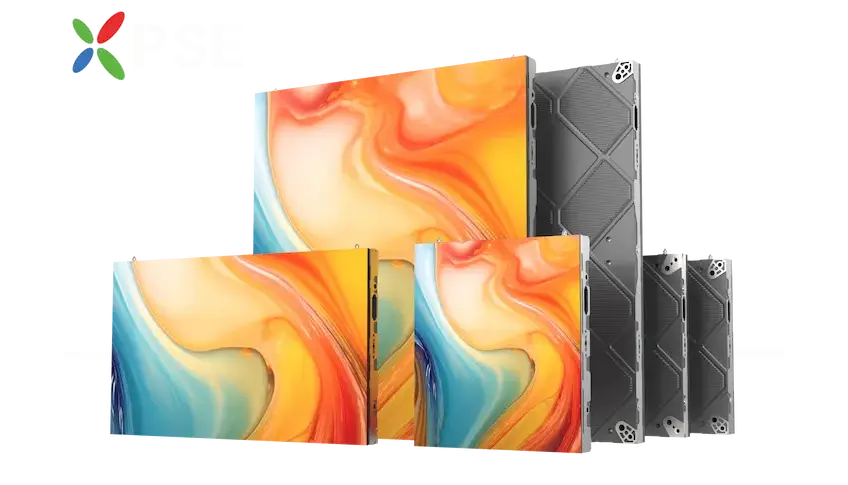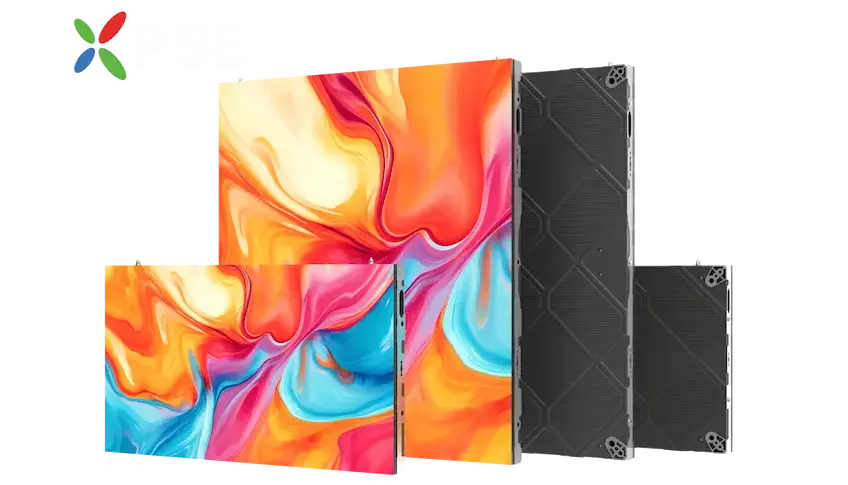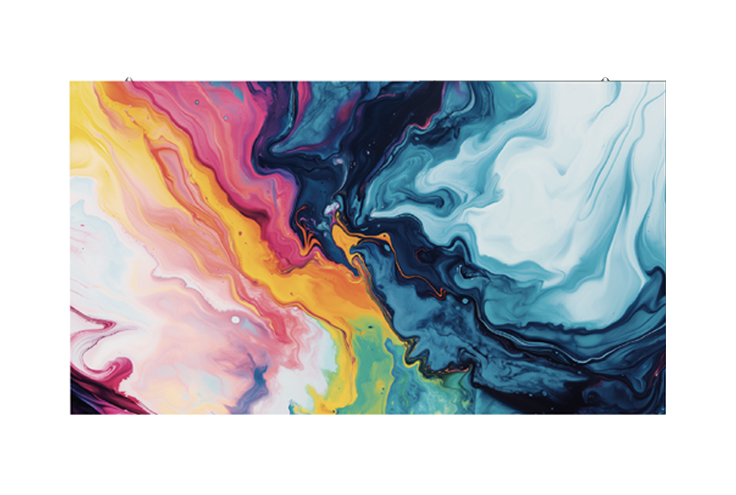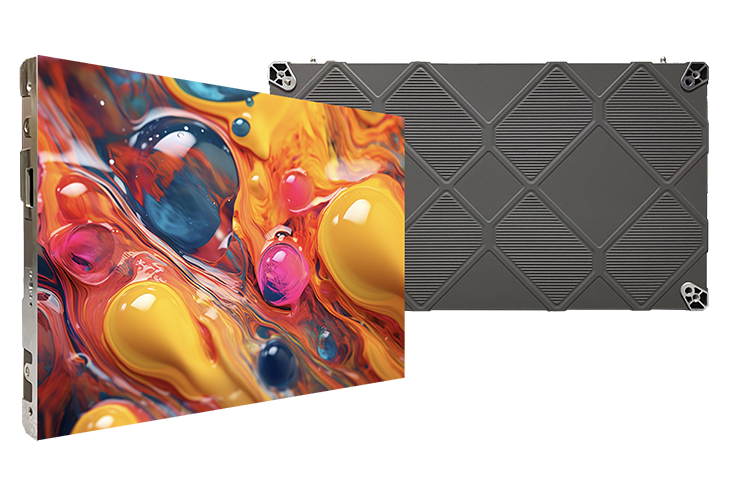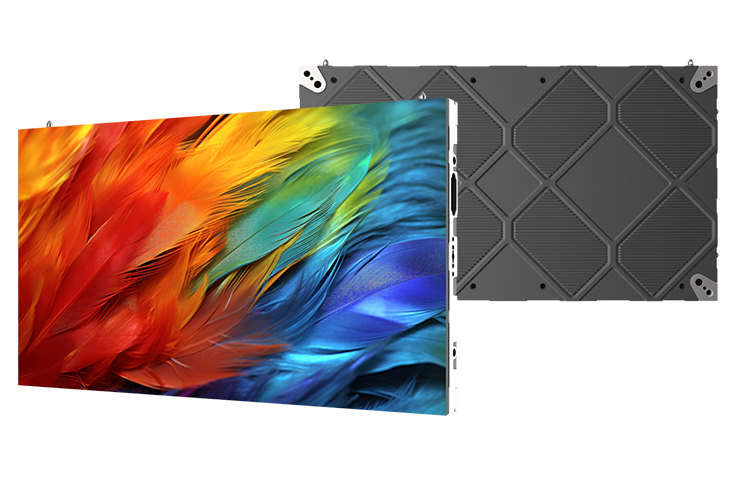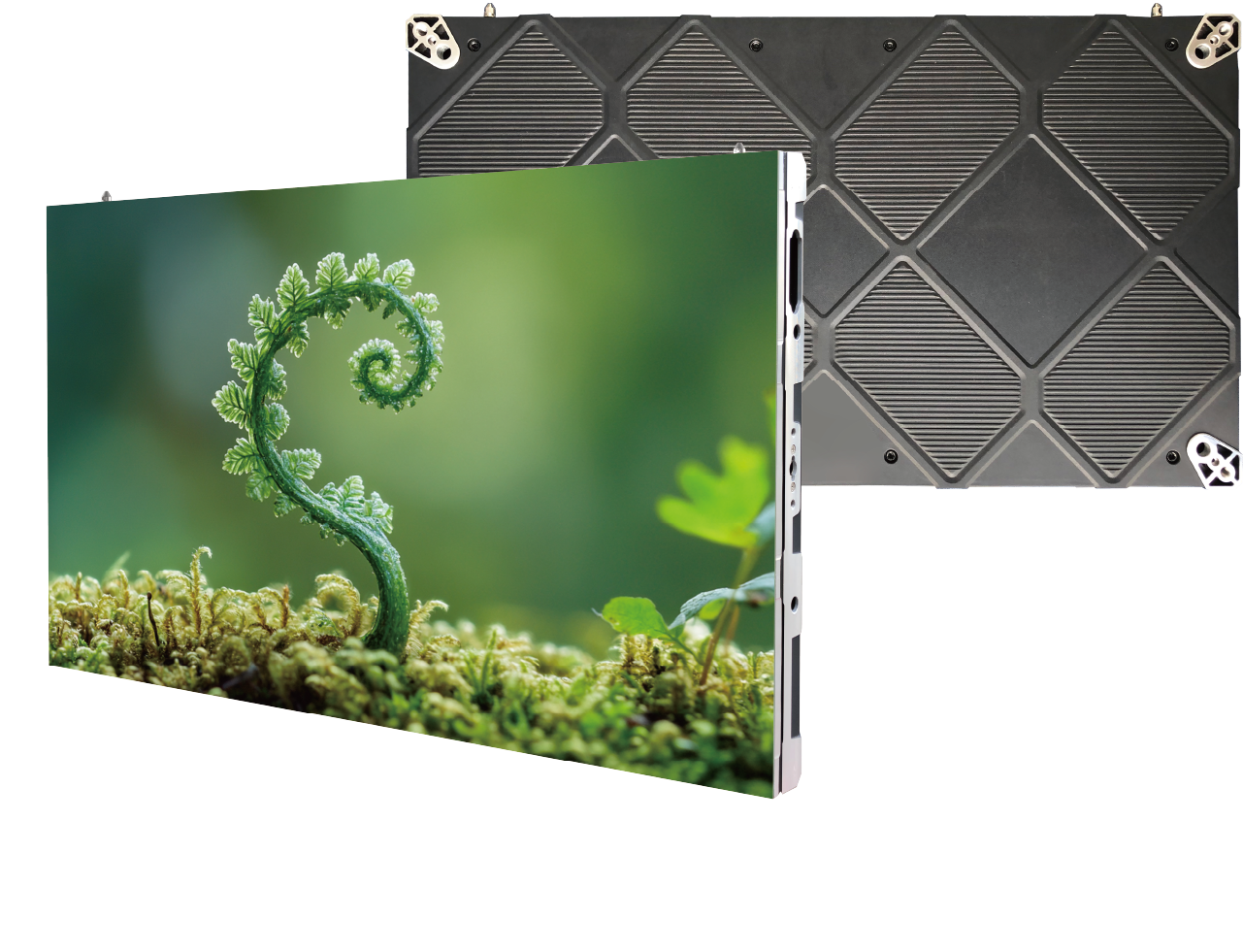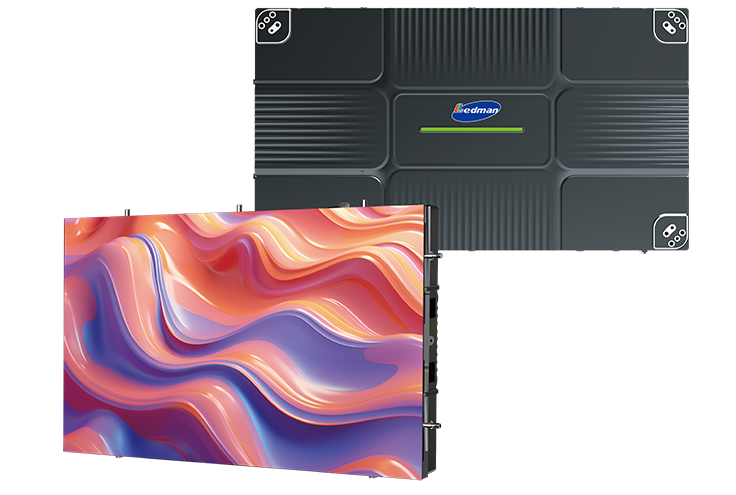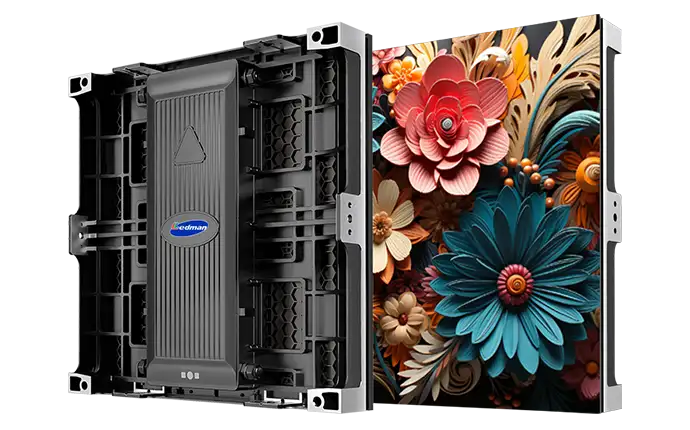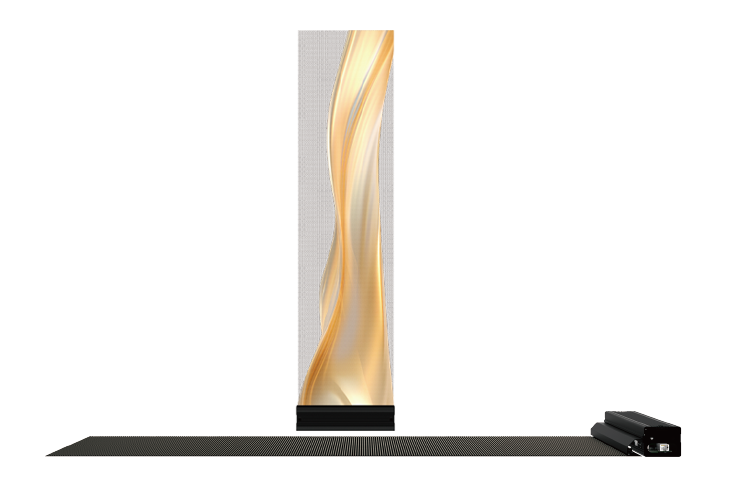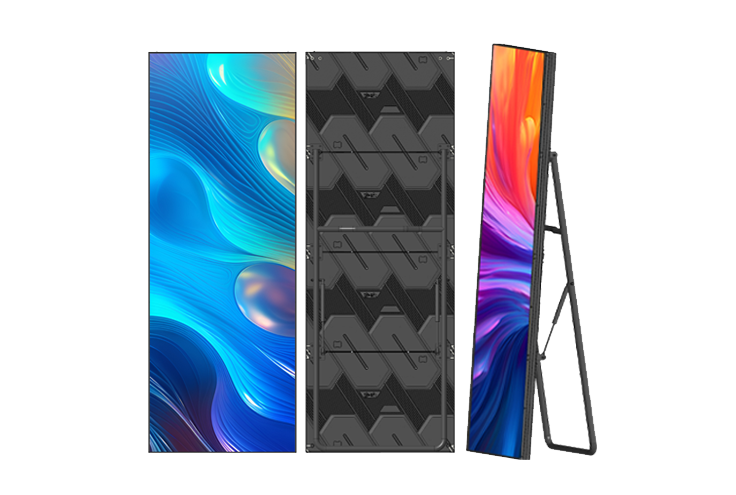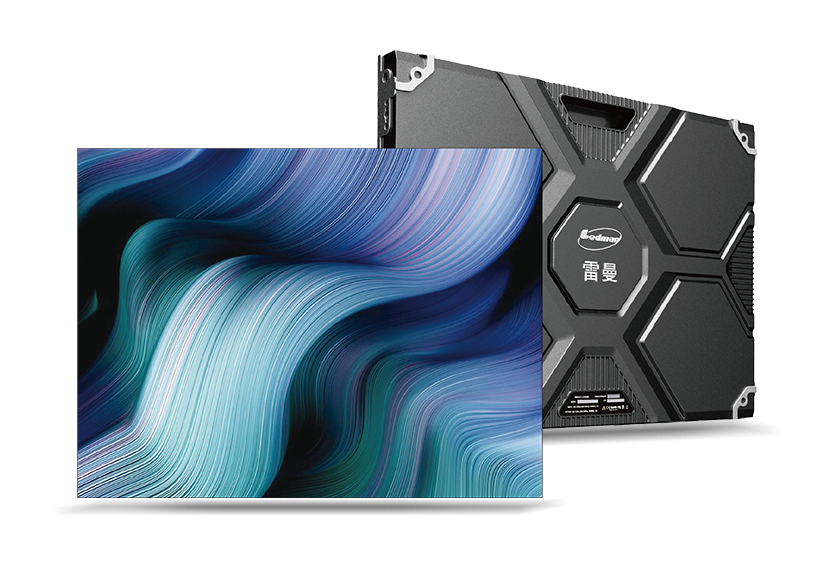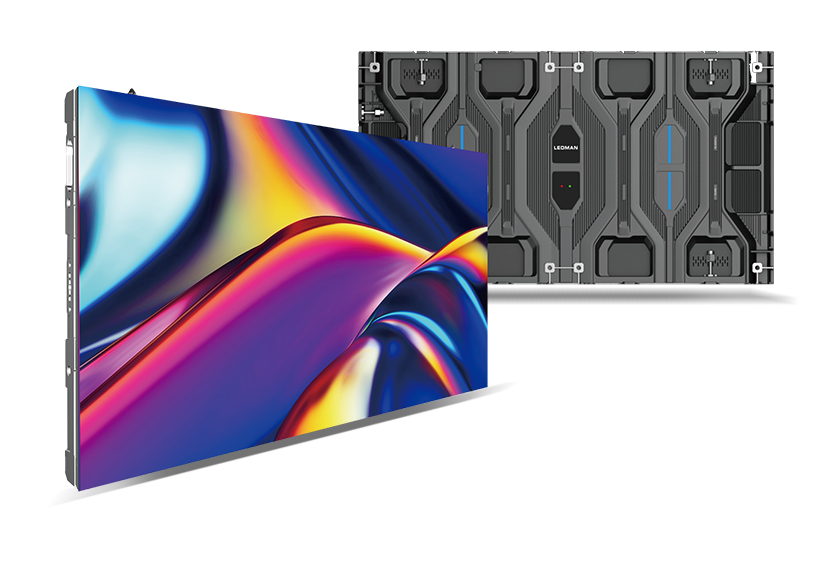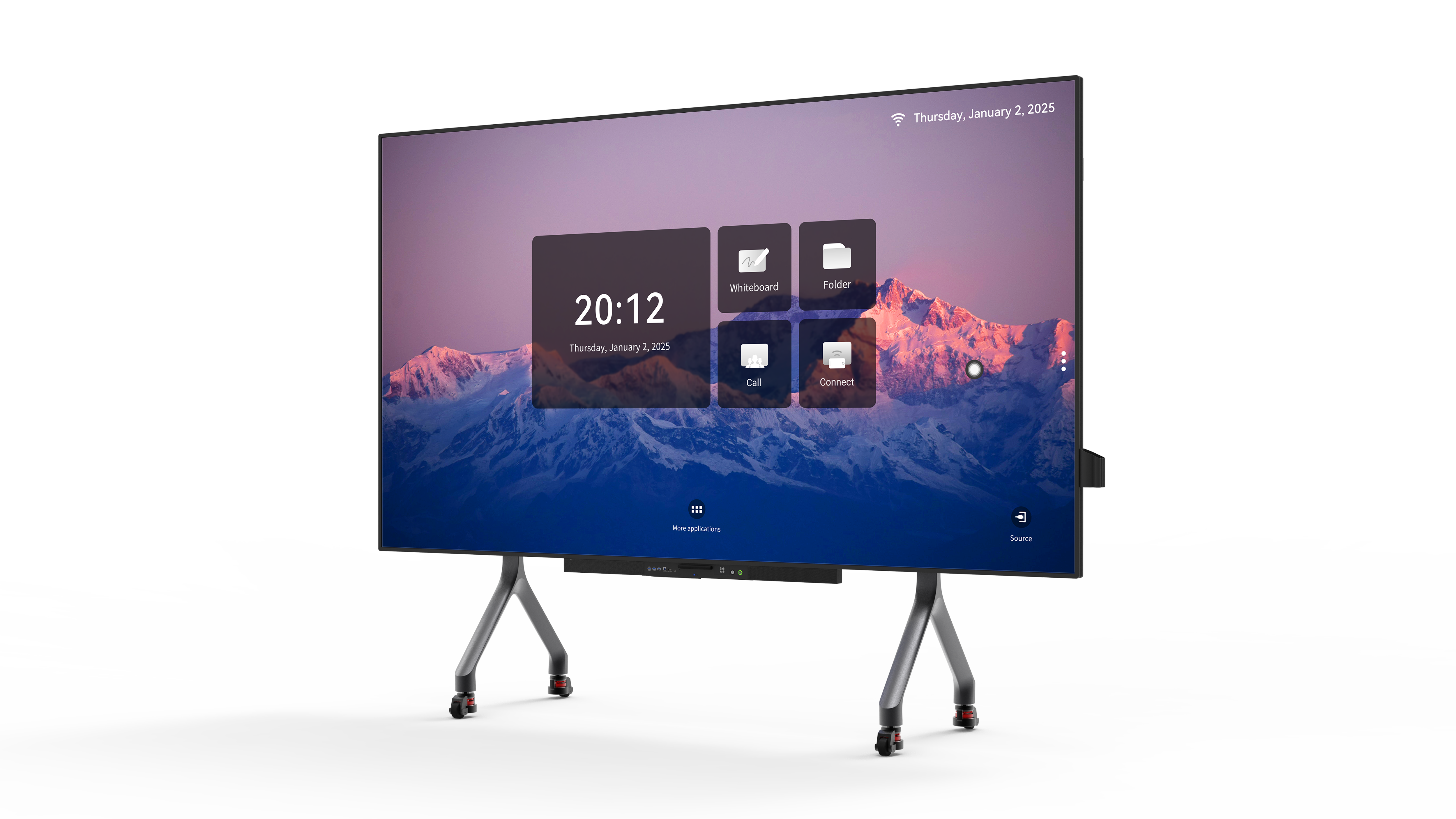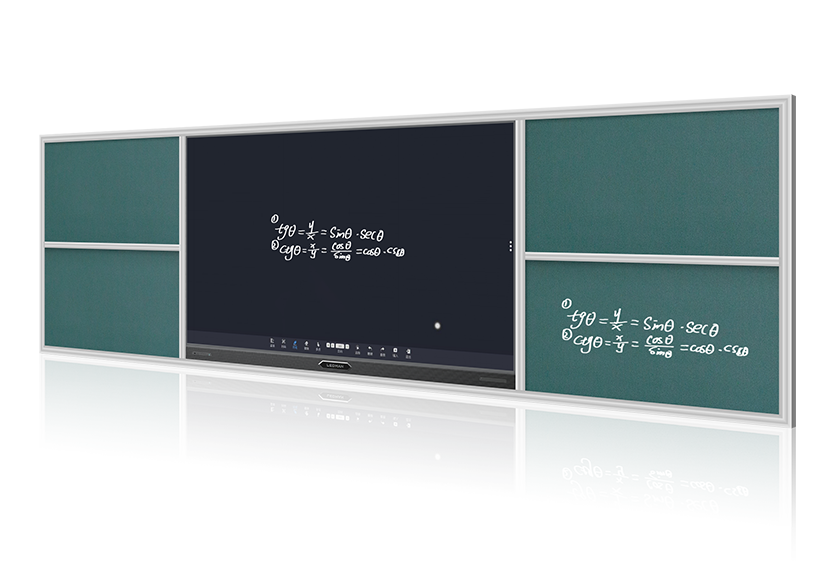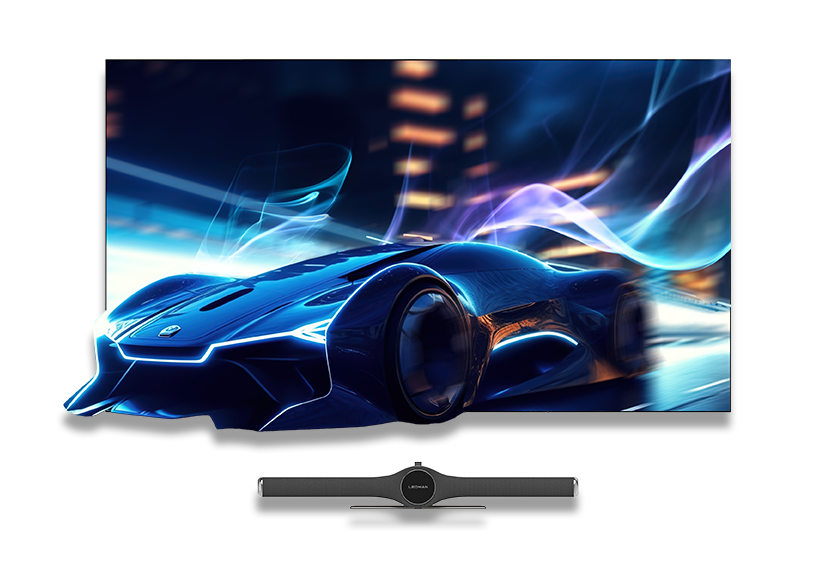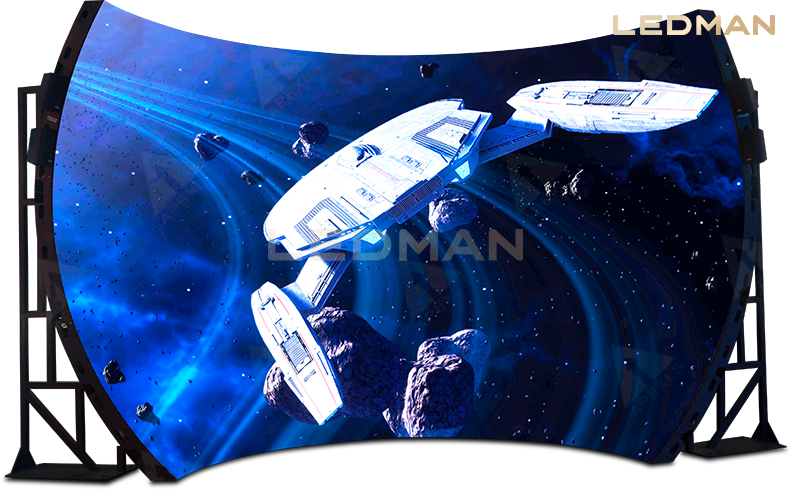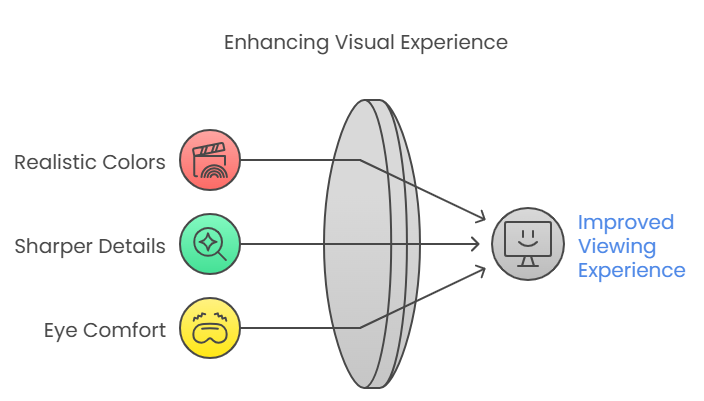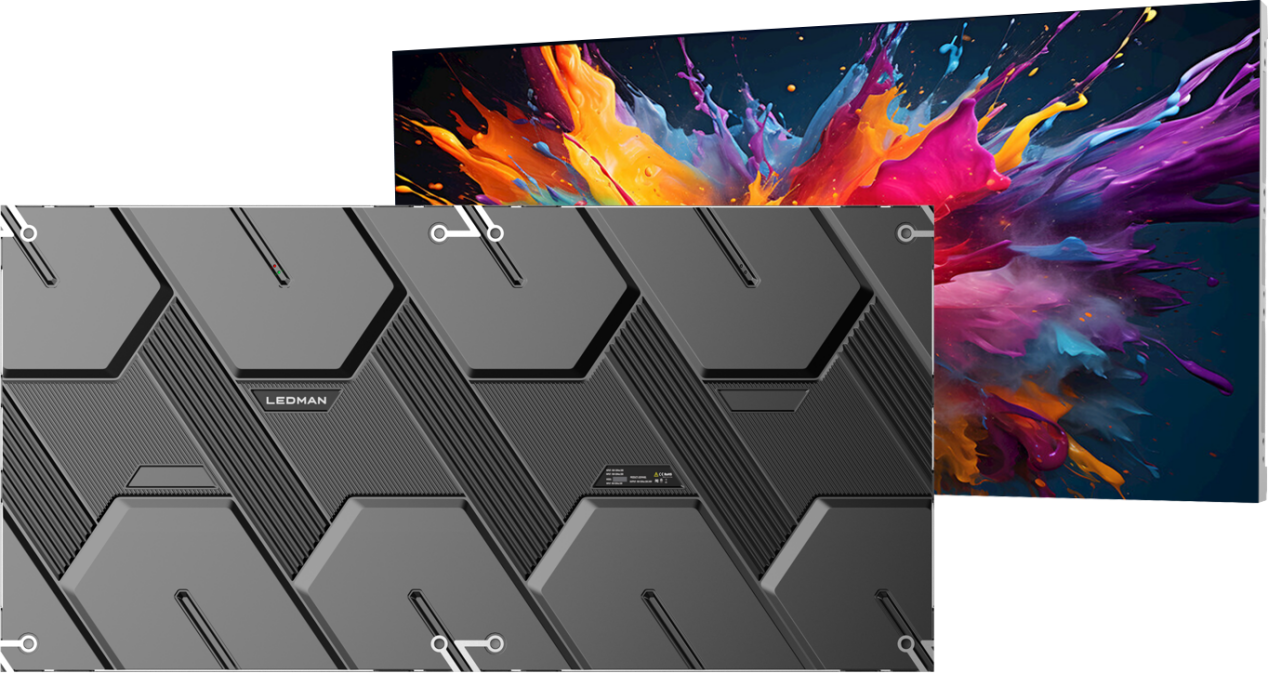Have you ever wondered why some screens feel vivid and immersive while others appear dull? This crucial metric shapes every visual experience, from dramatic movie scenes to crisp document reading.
So, what exactly is contrast ratio, and why does it matter? Let’s break it down in just three minutes!
What Exactly is Display Contrast Ratio?
Contrast ratio is the measure of the difference in luminance (brightness) between the brightest white and the darkest black that a display can produce. It is expressed as a ratio, for example, 1000:1. In this case, the white is 1000 times brighter than the black.
A higher contrast ratio generally indicates a better image quality with deeper blacks, brighter whites, and more detail in dark and bright scenes.
There are two main types of contrast ratios to know about: static and dynamic.
Static Contrast Ratio (Also Called Native Contrast)
This shows how much contrast a display can achieve at a single moment, with both bright and dark parts on the screen at the same time.
It’s a true reflection of what the screen can do—often tested using patterns or side-by-side bright and dark images. A higher static contrast ratio means deeper blacks, clearer whites, and more visible detail in mixed-lighting scenes.
Dynamic Contrast Ratio
What is DCR on a monitor? DCR(Dynamic Contrast Ratio) measures how contrast changes over time, depending on what’s showing on the screen. For example, the backlight may dim during dark scenes to make blacks look deeper, or brighten for white-heavy scenes.
While this can create impressive contrast figures—sometimes in the millions—they’re not based on real-time performance within a single frame. Instead, they compare the screen’s maximum brightness to its darkest possible black at different moments.
Manufacturers often highlight dynamic contrast because the numbers sound impressive[1]. But if you’re looking for consistent picture quality, especially in scenes with both light and shadow, the static contrast ratio is a much more reliable guide.
Why High Contrast Ratios Transform Your Viewing Experience
A high screen contrast ratio does more than make a screen look bright or dark—it brings images to life, creating a richer, clearer, and more comfortable viewing experience overall.
1. More Realistic and Vibrant Colors
When a display has a high contrast ratio, it can show a wider range of brightness levels between deep blacks and bright whites. This gives colors greater depth and subtlety, allowing them to appear more natural and true to life. Instead of looking flat or washed out, images gain richness and intensity.
2. Sharper Details and Greater Depth
High contrast ratios reveal more details in both the darkest shadows and the brightest highlights, making it easier to see textures, shapes, and subtle differences in lighting. This added clarity creates a sharper, cleaner image, where fine details and edges stand out more clearly.
3. Easier on the Eyes
Displays with high contrast are not only visually impressive but also more comfortable to look at. Text is more readable on clear backgrounds, which helps lessen eye strain during extended use. Your eyes don’t have to work as hard to distinguish between similar tones, which helps prevent fatigue.
How to Choose the Right Contrast Ratio
1. Considerations Based on Usage
The type of tasks you perform most often will determine the contrast ratio you need. For basic tasks, a decent static contrast (1000:1+) suffices[2]. If you’re into gaming or watching movies, a higher contrast ratio (2000:1+) is ideal for creating a more immersive experience with deeper blacks and brighter highlights[3].
2. Tips for Choosing Based on Environment
The lighting conditions in your room also play a big role in choosing the right contrast ratio. In bright rooms, contrast becomes less important; here, you should focus more on the screen’s brightness.
In dark rooms, however, a high contrast ratio is key to achieving rich, vivid details and avoiding washed-out images. For mixed lighting conditions, a static contrast ratio of 1000:1 or more is often a practical choice.
LEDMAN X Series: Redefine Visual Excellence
Discover the LEDMAN X Series, engineered for unmatched performance:
- Delivers high brightness (up to 4000 nits) and a refresh rate exceeding 3840Hz, ensuring vivid visuals even at low brightness levels.
- Features a unique triangular positioning system with 22 support points for seamless module alignment and superior flatness.
- Offers six-axis adjustment for precise control over brightness uniformity and surface flatness.
- Supports flexible installation methods, including right-angle and four-sided splicing, with internal wiring for clean wall-mounted setups.
Ideal for immersive displays, our X Series blends cutting-edge tech with rugged versatility. Contact us to elevate your visual storytelling today!
Reference
- The Myth of High Contrast. Available at: https://www.benq.com/en-sg/knowledge-center/knowledge/the-myth-of-high-contrast.html(Accessed: 30th, April)
- Is 1000:1 Contrast Ratio Good? Unveiling the Truth. Available at: https://bestpcmonitor.com/is-1000-1-contrast-ratio-good/(Accessed: 30th, April)
- What Is a Good Contrast Ratio for a Monitor? A Buyer’s Guide. Available at: https://tlmintl.com/good-contrast-ratio-monitor-guide/(Accessed: 30th, April)







